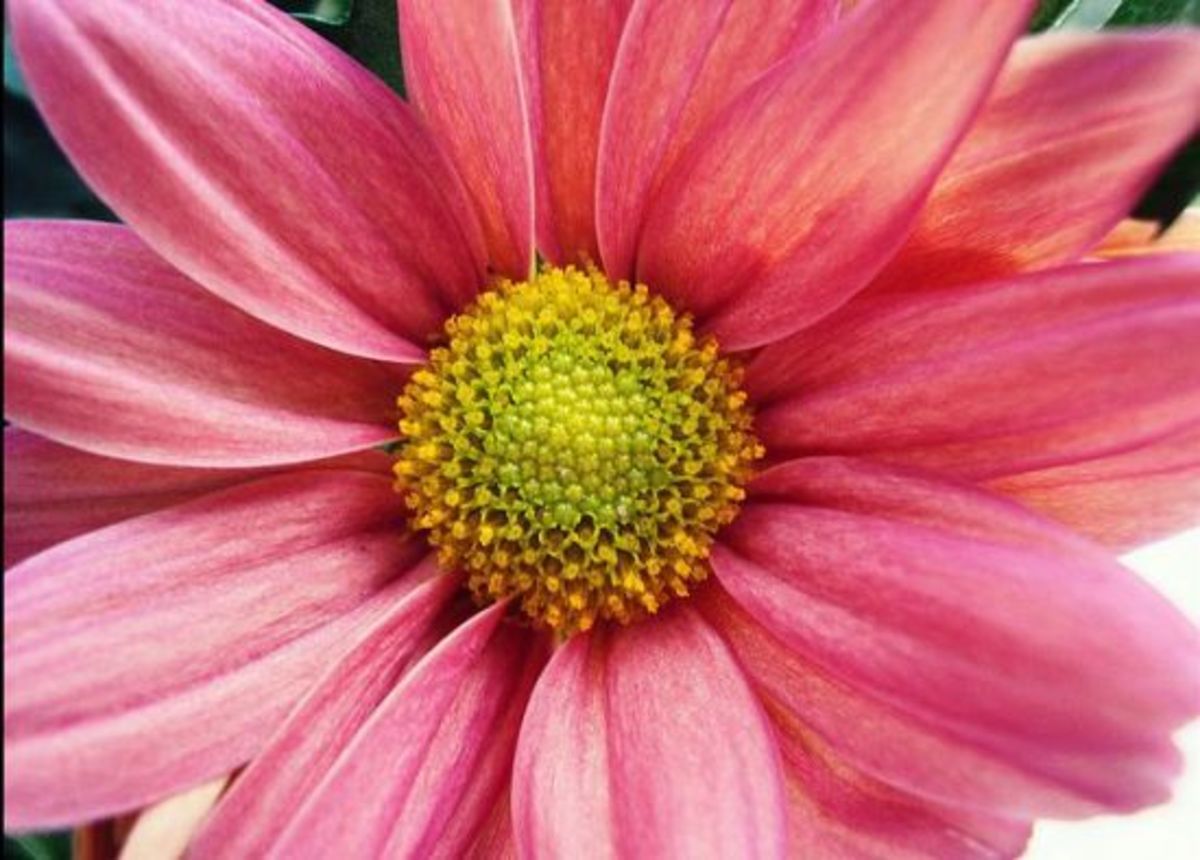
There’s a very beautiful thing about Mother Nature that happens when we don’t stuff her with too much gunk: Plants grow and animals live in harmony. Yes, it sounds like a children’s book written in the 1970s, but it’s also a notion that many an organic gardener are getting wise to these days.
Companion planting, a practice used by organic and biodynamic gardeners, is the term given when one plants certain types of plants near each other because they are mutually beneficial. In the case of growing food in a garden plot, there are a number of flowers you can plant for natural pest control. Toss out the pesticides (or wait, maybe you should contact the EPA to find out how to properly dispose of that toxic waste) and instead plant some attractive and aromatic flowers. Ah, that’s biodynamic gardening for you.
Borage
What it is: Commonly grown and used for culinary purposes in Britain, borage is an herb still not well known in America. This annual produces star-shaped flowers and is wonderful used in herbal teas, tinctures and leafy green recipes.
What it’s good for: Borage deters hornworms and cabbage worms and can help all plants increase their disease resistance.
Chrysanthemums
What it is: These beautiful flowers are quite common in flower arrangements, as they come in a wide spectrum of colors.
What it’s good for Chrysanthemums contain a chemical called pyrethin that’s toxic to insects but safe for human and animal consumption. Aside from planting these colorful flowers around your garden bed, you can also make a tea from the flowers and use it on root nematodes and to repel Japanese beetles.
Clover
What it is: This common soil cover grows as grass does, providing a thin, cohesive layer of green over the soil. There are over 300 varieties of clover to choose from, but the most popular is marked by small green clovers with tiny pink flowers.
What it’s good for: Clover has been known to ward off pests completely when used as ground cover in garden beds. Plant it around cabbage to prevent cabbageworm and aphids from taking hold.
Lavender
What it is: Known for its delicate, violet leaves and pleasing aroma, lavender is used in everything from potpourri to tea and baked goods to frosting.
What it’s good for: Lavender not only repels pests in your garden, it also smells (and looks) heavenly. It’s used to repel most insects you’d want to keep out of the garden, particularly fleas, moths and mosquitoes.
Marigolds
What it is: Marigolds are a popular garden flower as they are cheap to obtain and contain vibrant orange hues.
What it’s good for: Plant the scented varieties of marigolds to deter pests. The French Marigold variety is recommended for keeping whiteflies away from tomatoes, and they protect the health of the soil under the plants.
No comments:
Post a Comment